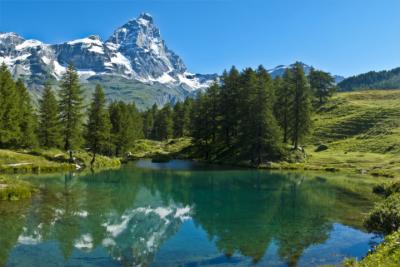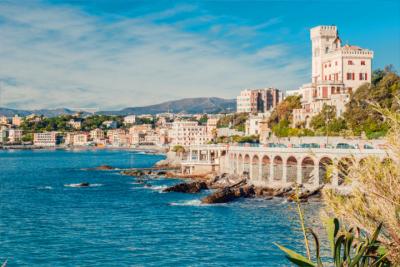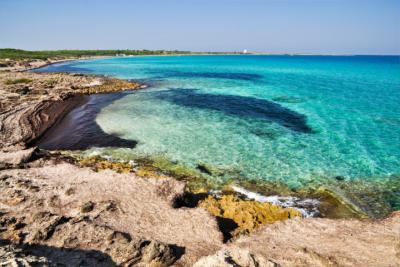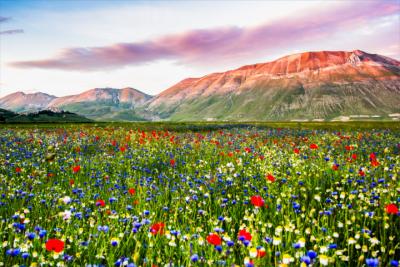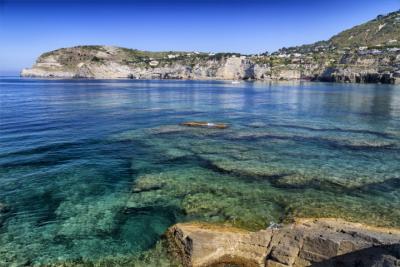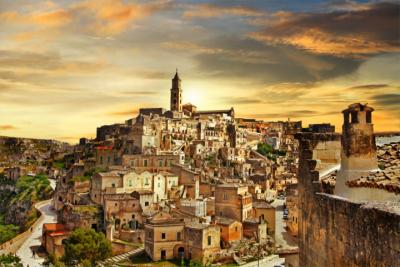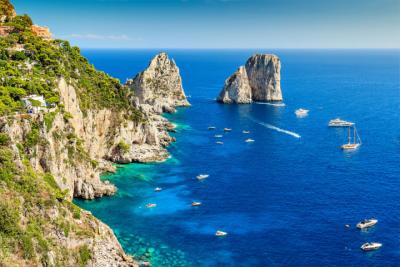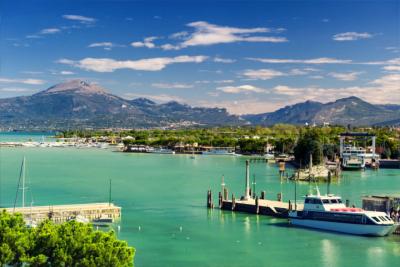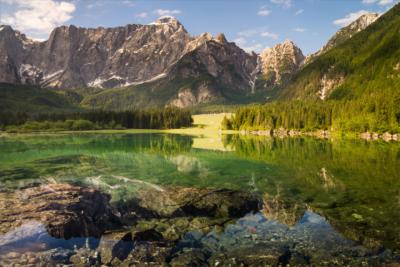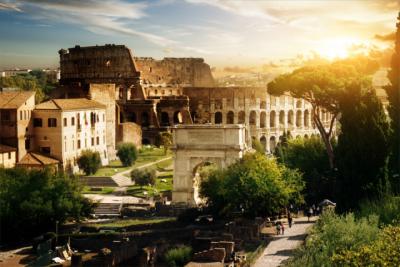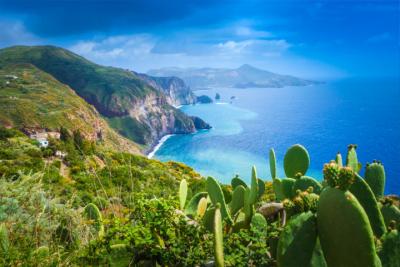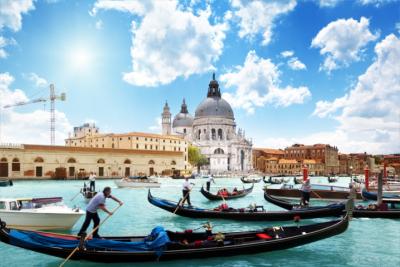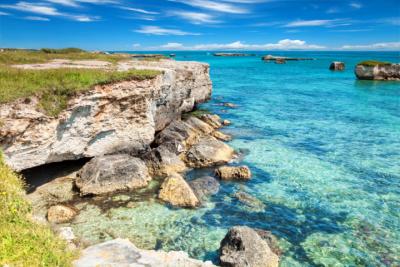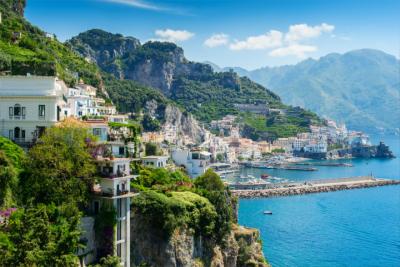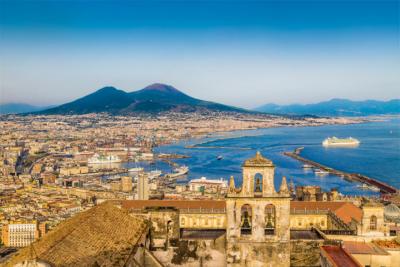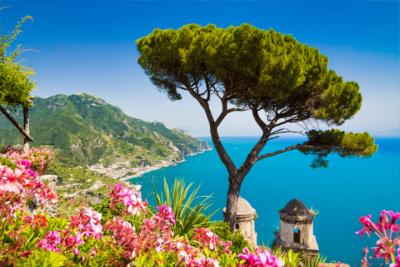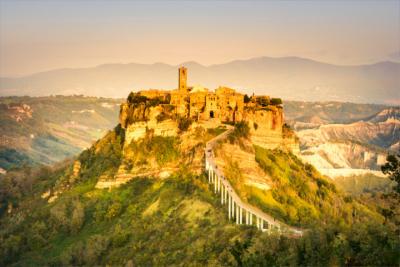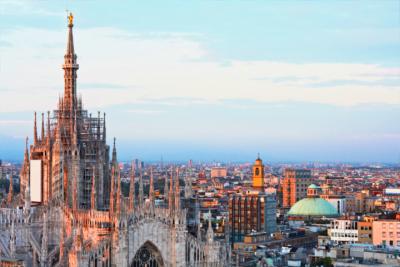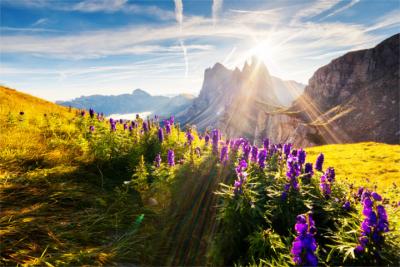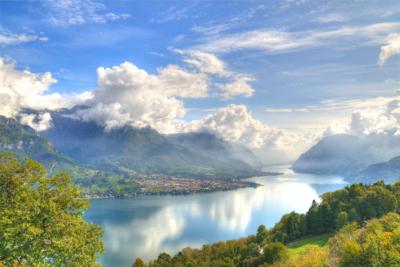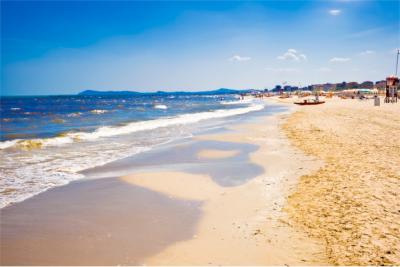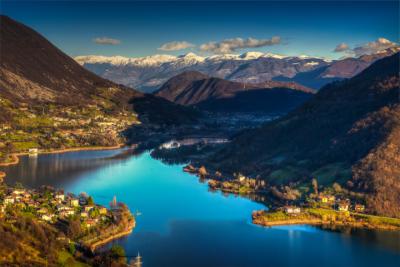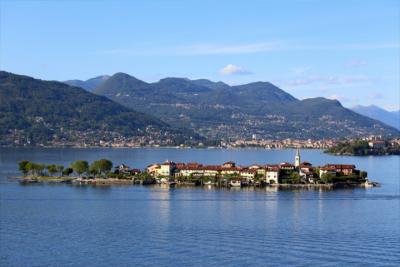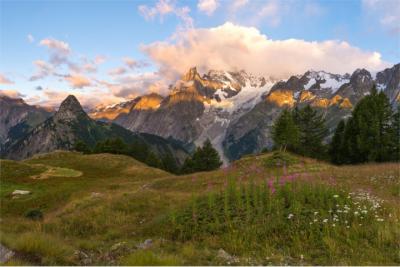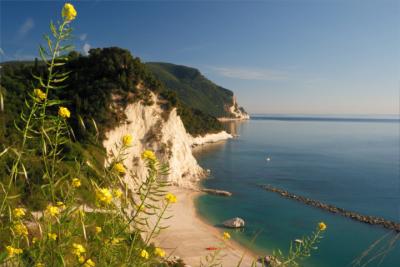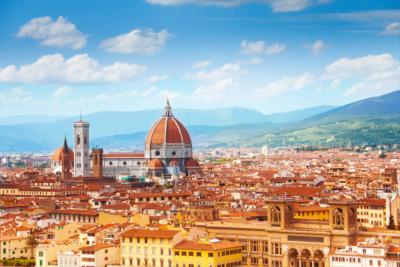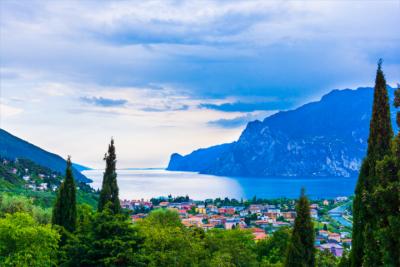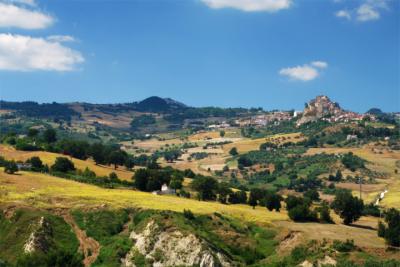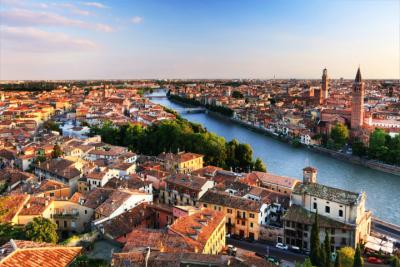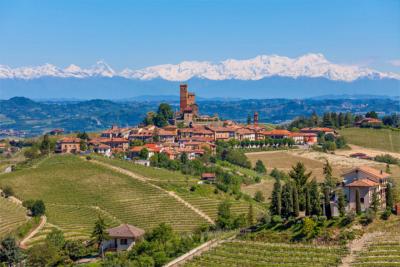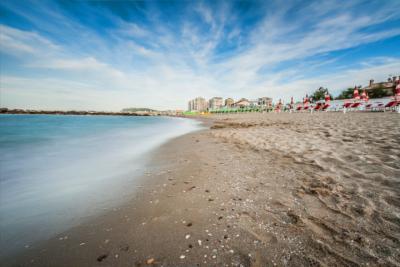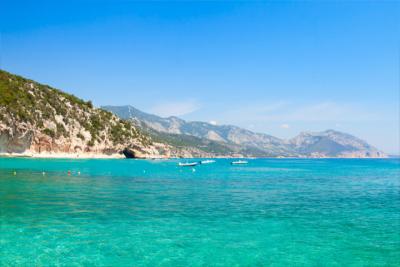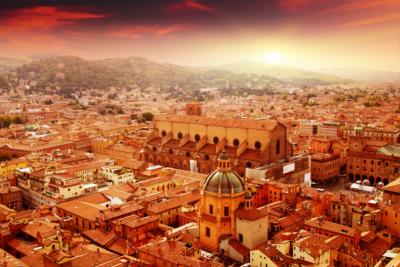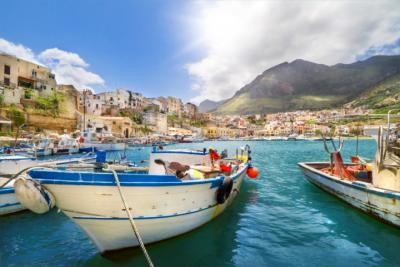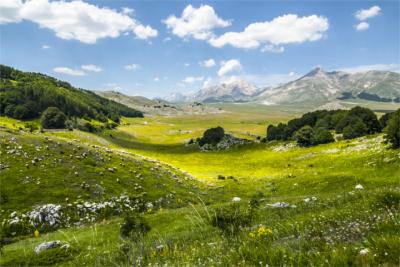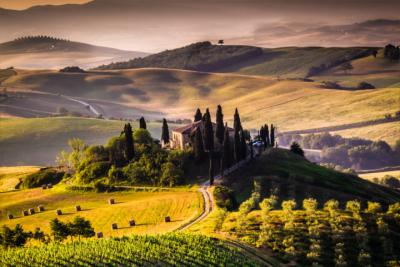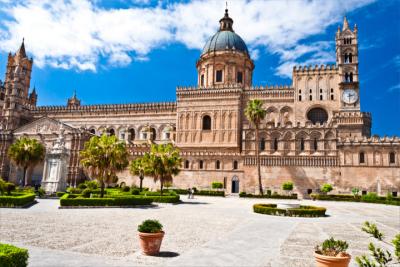Travel Offers
Travelmyne Featureprint
Distance
Venice – The Romantic Lagoon City
La Serenissima, the lagoon city, the sinking city or the floating city are all names for the same metropolis: Venice. The city at the Adriatic Sea is an artistic destination, which lies in the middle of a lagoon and offers an impressive art and cultural experience with its many islands, numerous canals, beautiful gondolas and the colourful carnival.

Geography - In a lagoon at the Adriatic Sea
Venice (Italian: Venezia) is one of the most frequently visited Italian cities and lies in the north of the country at the Adriatic coast with its famous lagoon (World Cultural Heritage site since 1987). The capital of the region of Veneto and the province of Venice is most of all known for its almost 400 bridges, 150 canals and 118 islands. The city is also called "La Serenissima" ("the most serene") is divided into three greater parts: the old town with the lagoon, the districts of Mestre and Marghera as well as the islands of Murano, Burano, Sant'Erasmo, Torcello, Lido di Venezia and Pellestrina. Venice has temperate climate, which is influenced by the maritime climate of the Adriatic Sea. A special feature of Venetian weather is the high precipitation in late summer, which can cause floods. After all, Venice is called the "sinking city" because the sea level rises from year to year.
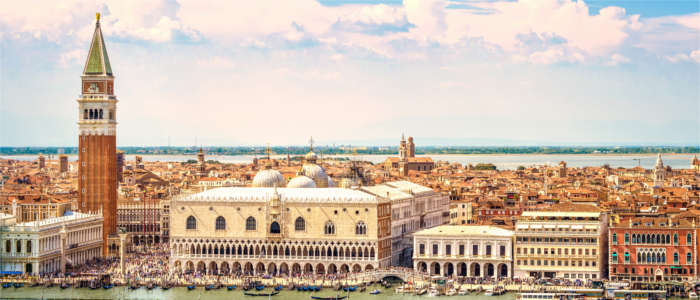
Nature - An alluvial land crossed by canals
The city's nature is dominated by the lagoon, which is 55.000 hectares large, 15 kilometres wide and 40 kilometres long. It was created by the sediments of the local rivers. Loose sandbanks conflated into sand masses (alluvial land) in the course of the centuries, on which the Italian city Venice emerged. The lagoon is divided into laguna morta ("dead lagoon") and laguna viva ("living lagoon"). The latter is surrounded by salt water and its water level is constantly sinking and rising. Laguna morta, on the other hand, mainly consists of fresh water and is hardly affected by the tides. The settlements which were built on the wooden stakes of the separated bay are crossed by small and great canals. Grand Canal (Italian: Canal Grande) runs through Venice in the shape of an S and is probably the city's most famous canal. The world-famous canals are the roads of the lagoon city, so to say, and are used by water taxis, gondolas and water buses.

Culture - The former trade centre and the Venetian School
Venice originally consisted of several small settlements, which were grouped on the island of the lagoon. They were populated by the people of the Veneti, who gave the cultural city, which was founded in 421, its name. Until the 16th century, Venice was an important trade city for the trade between western Europe and the eastern Mediterranean Sea. The aristocracy benefited from the business with former luxury goods as well as spices, salt and wheat. The city also flourished as one of the greatest financial centres and colonial rulers in the course of history. Furthermore, the floating city was an inspiration for world-famous artists. It is the setting of William Shakespeare's "The Merchant of Venice" or Thomas Mann's "Death in Venice" and was the place where the musical movement of the Venetian School had its origin. The most important sights, which are a must for every visitor, are the Rialto Bridge over the Grand Canal as well as St Mark's Square with St Mark's Basilica, St Mark's Tower and the Doge's Palace. They are all located in Venice's historical centre (centro storico), which has been part of the World Cultural Heritage of the UNESCO since 1987.

Experience - Gondolas and the Carnival of Venice
Everyday life in Venice is mostly dominated by the water. As the centre of the cultural metropolis is a car-free zone, motorboats and gondolas transport people and goods on the numerous canals. The gondolas, which are 11 metres long, with the famous gondoliers are one of the city's landmarks. A well-known Venetian event is the carnival, which is one of the most famous festivities on earth and was first hosted in 1094. In spring, the city transforms into a colourful paradise of masks, costumes and concerts. Squares like St Mark's Square (Italian: Piazza San Marco) become giant stages, on which art, plays and music are performed. Other festivals in the city are the Biennale, one of the world's most important art exhibitions, and the Venice International Film Festival, which is one of the most significant film festivals worldwide next to the Berlinale and the Cannes International Film Festival.

Activities - A gondola ride on Venice's canals
The city and its numerous cultural treasures can be explored in a number of different ways. Travellers can take a walk through the narrow alleys or go on a gondola ride on the city's canals. While doing that, you can enjoy Venice's colourful houses and the scenic alleys in the old town.

Information
With its historical city centre, Venice is one of the greatest urban car-free areas in Europe. The city can only be reached via the Ponte della Libertà ("Freedom Bridge") which is 3.6 kilometres long. At its end you find a signposted parking area. The most popular time for travelling Venice is from April to October. However, during peak season (July to August) the city is immensely overcrowded. The same is true at the time of the Carnival and Easter. Only visitors who want to experience the vibrant and artistic life in the cultural metropolis are advised to visit the city in the summer months. Holidaymakers who are looking for a relaxed city trip best visit Venice in September and October because the city shows its calm side at that time. Venice in winter is a special sight as well. Shrouded in thick fog, the city becomes a magical place, which looks like a location from a Venetian crime novel.
A city trip to Venice is the ideal adventure for lovers of culture. The impressive St Mark's Basilica, international art festivals as well as numerous museums, operas and theatres offer a great variety of cultural entertainment, while the long canals, the delicate gondolas and the colourful carnival create a romantic atmosphere.

